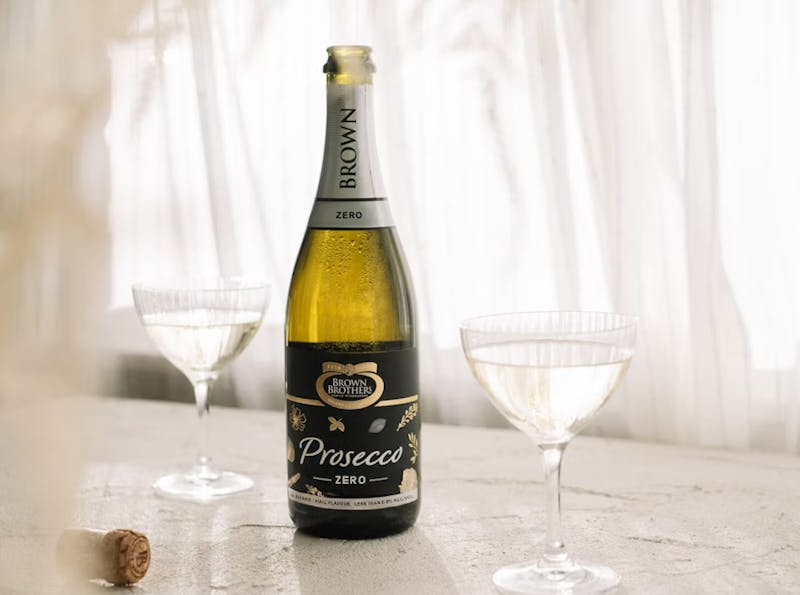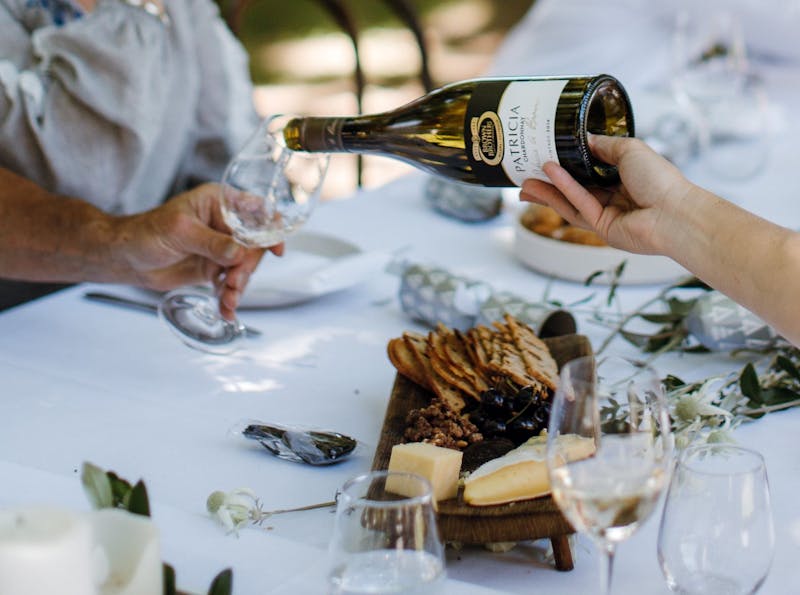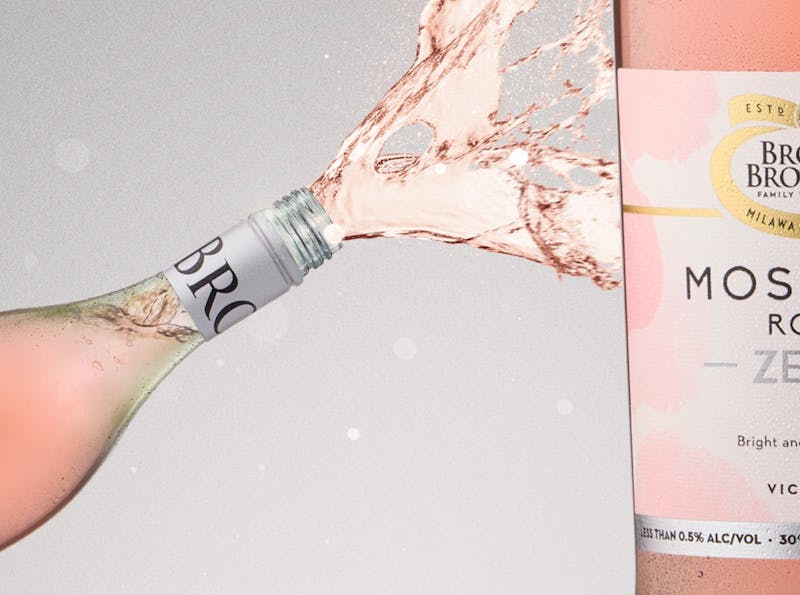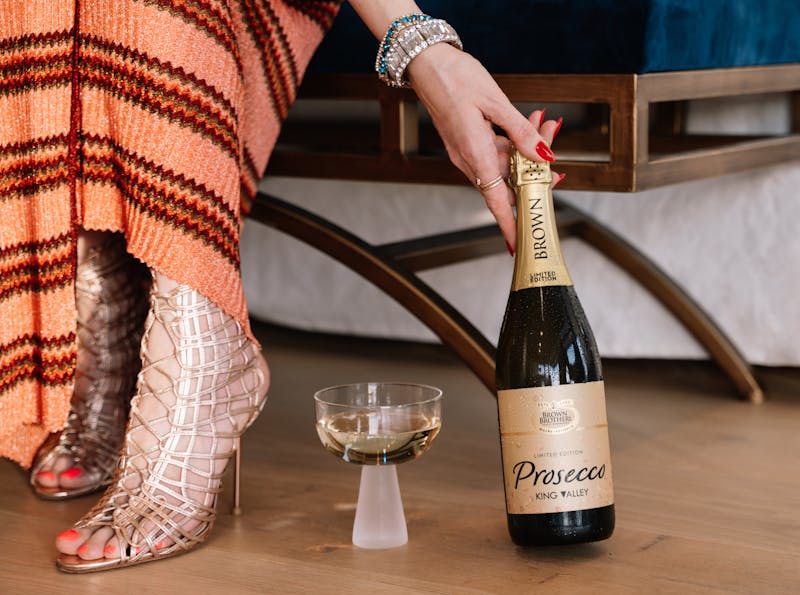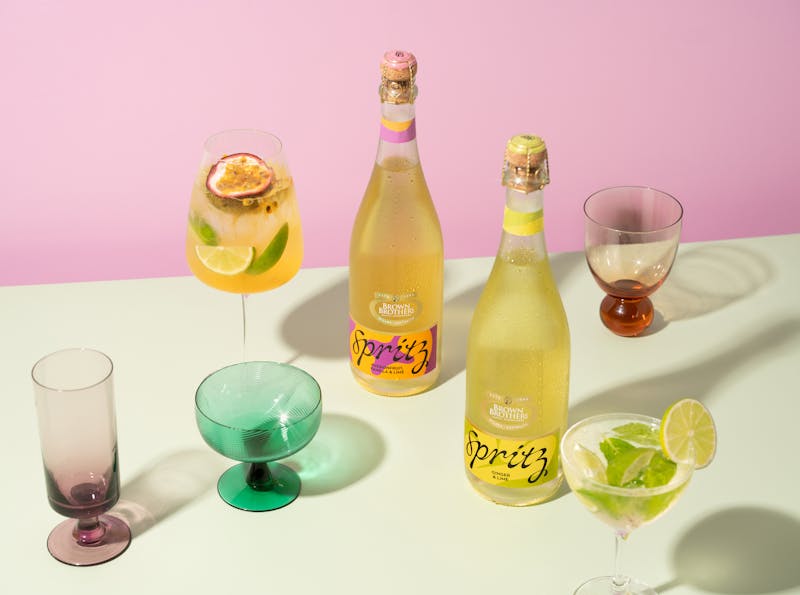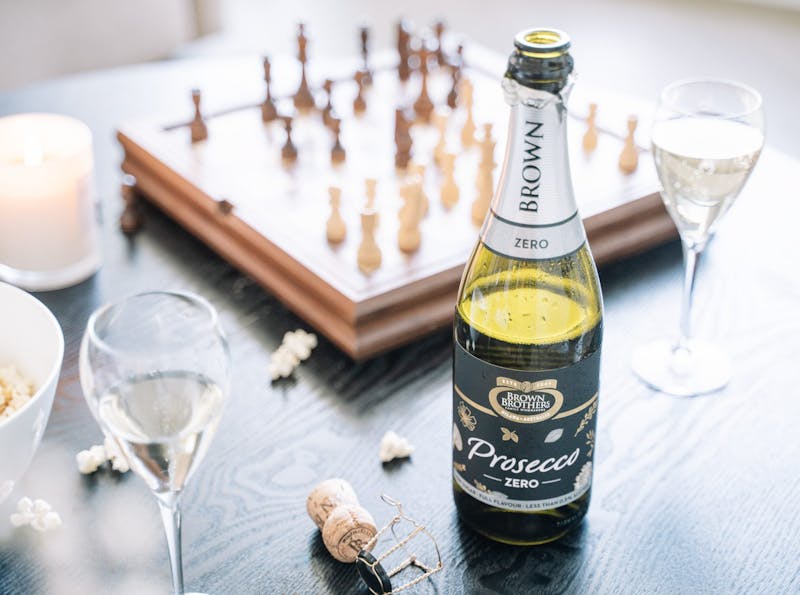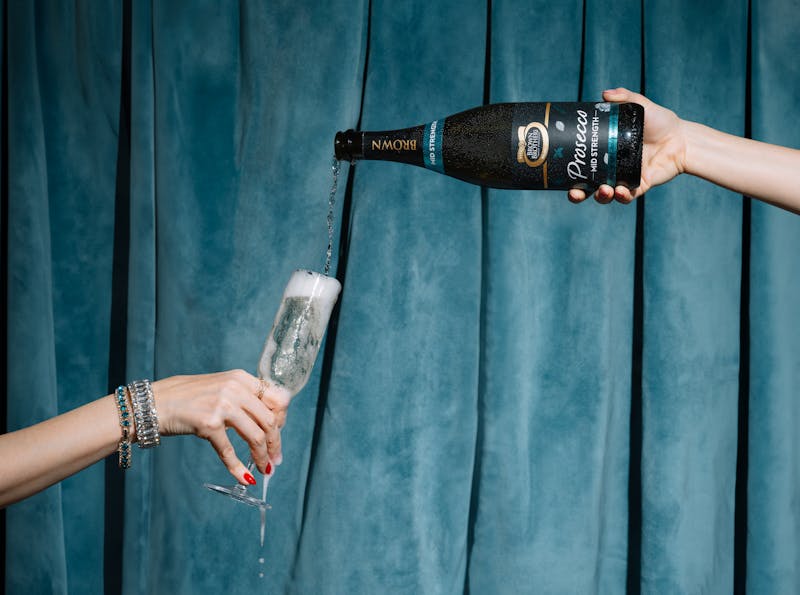News / PR
Celebrate Good Fortune, Wine & Food this Chinese New Year
Tue 13 Feb 2024

Picture this: instead of the customary baijiu toasts, why not raise a glass of wine to usher in good fortune for the year ahead?
Wine, with its complex flavours and rich history, has the power to bring people together and elevate any celebration to new heights.
As we bid farewell to the Year of the Rabbit and welcome the fiery spirit of the Year of the Dragon, we embrace the rich tapestry of cultures that make up our local and global community. So, why not shake up tradition and set the table with something different this Lunar New Year?
Pass the wine, please
Wine may not be the first boozy beverage that comes to mind for Lunar celebrations, but you can't deny how well a cool, crisp white or aromatic red can enhance the flavours of traditional dishes. The acidity, sweetness, and tannins in wine can complement and contrast with the spices, sweetness, and umami flavours typically found in Chinese cuisine.
Take our Estate Range Shiraz, for example. With its bold, spicy notes and full-bodied character, it's the ideal pairing for rich, flavourful dishes like Chinese braised pork belly or fiery mapo tofu. The wine's robustness stands up to the intensity of these dishes, while its velvety texture satiates the heat.
Similarly, our Estate Cabernet Sauvignon is a natural match for indulgent Chinese classics. Try it with Peking duck, hoisin sauce and freshly steamed pancakes, or savoury beef noodle soup. The wine's luscious fruit flavours and silky tannins, and depth and complexity enhance the richness of these dishes, making every bite a delight.
And let's not forget about our Estate Chardonnay and Pinot Grigio, which shine brightest when paired with lighter, seafood-based fare. From sweet and sour shrimp to crispy salt and pepper squid, vegetable spring rolls or steamed dumplings, these wines add a refreshing touch to any Lunar New Year feast.
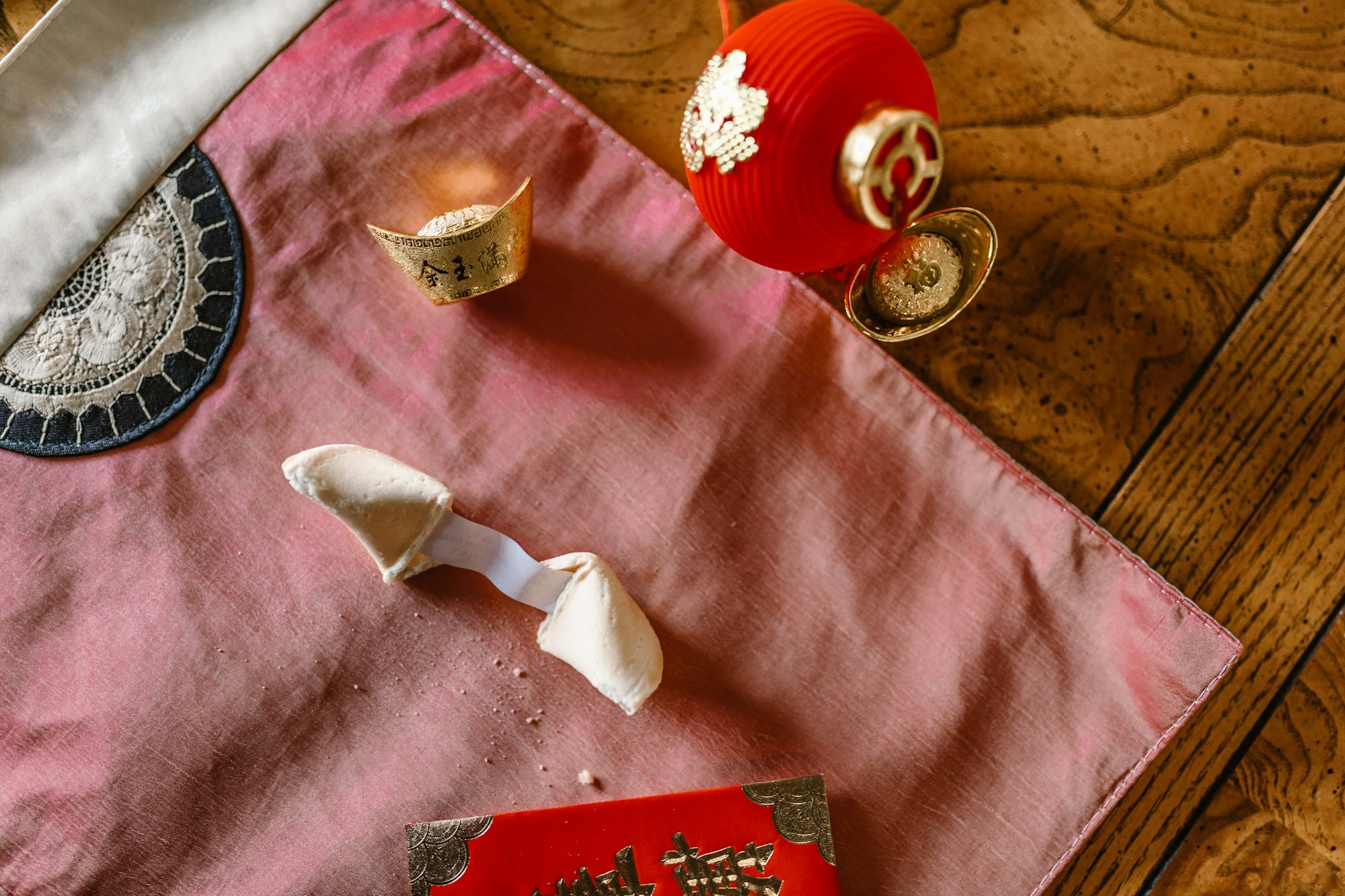
Lunar New Year Explained
The Lunar New Year, also known as Spring Festival or Chinese New Year, is one of the most important and widely celebrated holidays in many Asian cultures. It marks the beginning of the lunar calendar and is a time for family reunions, honouring ancestors, and ushering in good luck and prosperity for the year ahead. Here are some fascinating insights into the cultural significance of Lunar New Year traditions:
- Symbolism of Foods: Many Lunar New Year dishes are laden with symbolism, representing wishes for prosperity, longevity, and happiness. For example, fish symbolizes abundance and surplus, while dumplings represent wealth and good fortune. Noodles are associated with longevity, and tangerines and oranges are believed to bring good luck and prosperity.
- Decorations and Rituals: Red is the predominant colour of Lunar New Year celebrations, symbolizing happiness, luck, and prosperity. Decorations such as red lanterns, couplets (duilian), and paper cutouts adorn homes and streets, warding off evil spirits and welcoming good fortune. Firecrackers and lion dances are also common sights during Lunar New Year festivities, meant to scare away bad luck and usher in positive energy.
- Family Reunions: The Lunar New Year is a time for families to come together and celebrate with elaborate feasts and gatherings. It's customary for married couples to visit their parents and grandparents, paying respects and exchanging blessings for the new year. The reunion dinner, known as "tuan yuan fan," is a highlight of the holiday, where multiple generations gather to share a meal and strengthen familial bonds.
Wine Tasting 101
Embarking on a wine pairing journey can be an exciting adventure, but it's essential to understand the fundamentals of wine tasting, to fully appreciate the nuances of different varietals. Brown Brothers Wine Ambassador, Andrew Harris, reminds us of the basics when tasting and choosing what wines to drink.
- Appearance: Take a moment to admire the wine's appearance in the glass. Hold it up to the light and observe its colour, clarity, and viscosity. Notice any reflections or sediment present. Remember, wine comes in a rainbow of colours, from pale yellows and blush pinks to deep purples and ruby reds.
- Aroma: Gently swirl the wine in your glass to release its aromas, then take a moment to inhale deeply. This is where the magic happens! Pay attention to the nose, or scent, of the wine. You might detect fruity notes like berries or citrus, floral aromas like roses or jasmine, herbal scents like mint or thyme, or earthy hints like leather or tobacco.
- Flavour: Now, it's time to taste the wine. Take a small sip and let it linger on your palate. Notice the wine's flavour profile and complexity; is it sweet or dry? Light-bodied or full-bodied? Are there any obvious flavours or characteristics that stand out? Trust your taste buds and enjoy the journey of discovering what to look for, and what you like.
- Structure: Consider the wine's structure, which refers to its overall balance and mouthfeel. Notice the level of acidity, which adds freshness and crispness to the wine. For red wines, pay attention to the tannins, which create a dry, slightly astringent sensation in your mouth. Also, be mindful of the alcohol content, which can affect the wine's body and texture.
- Finish: Finally, evaluate the wine's finish, or aftertaste. Notice how long the flavours linger on your palate after you've swallowed (or spit out) the wine. A lingering finish is often indicative of a high-quality wine with depth and complexity. Savour the moment and appreciate the journey from start to finish.
Remember, wine tasting is a subjective experience, and there are no right or wrong answers. Trust your palate and refer to this guide when exploring different wines, flavours and food pairings this Lunar New Year.


